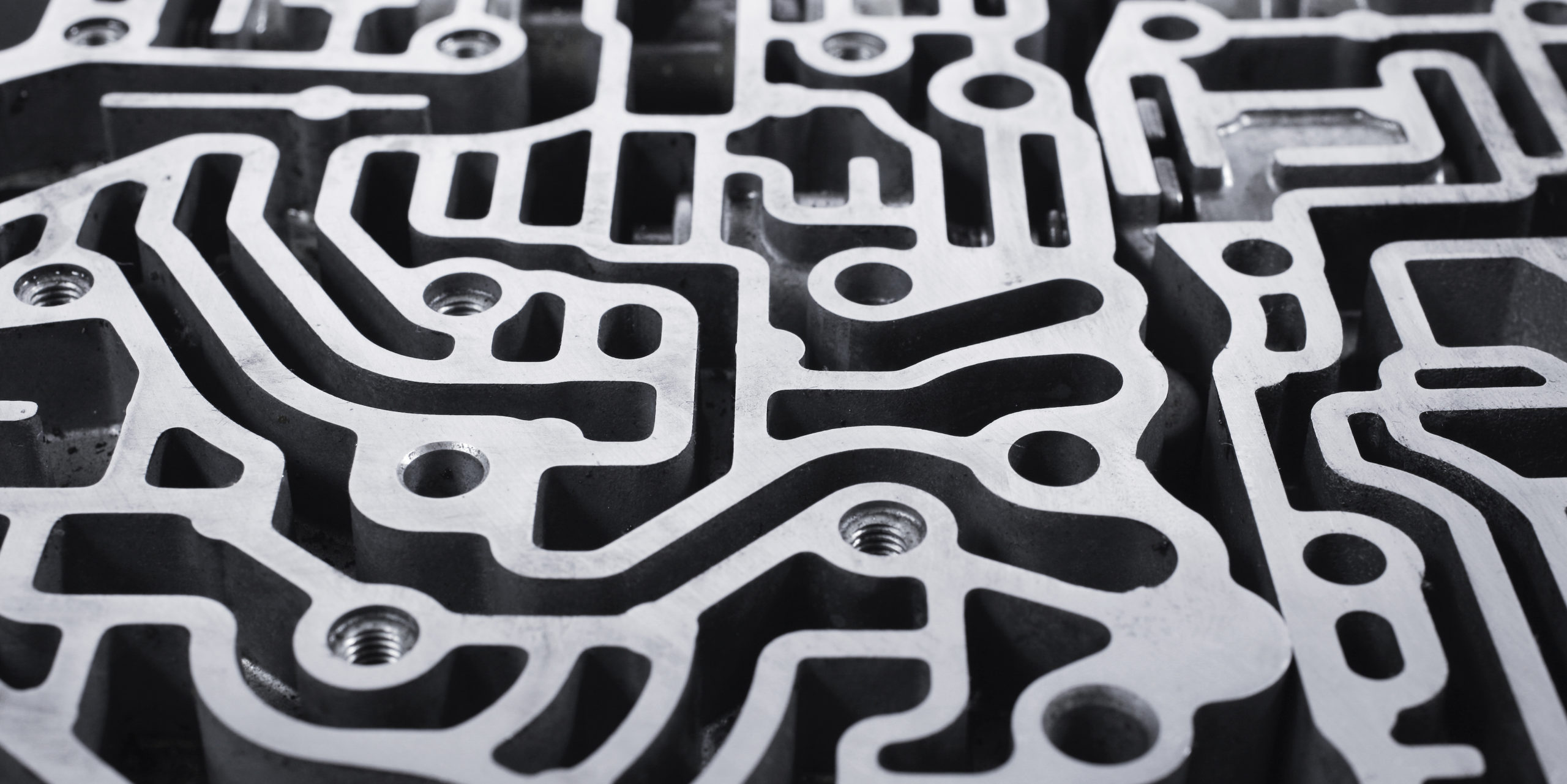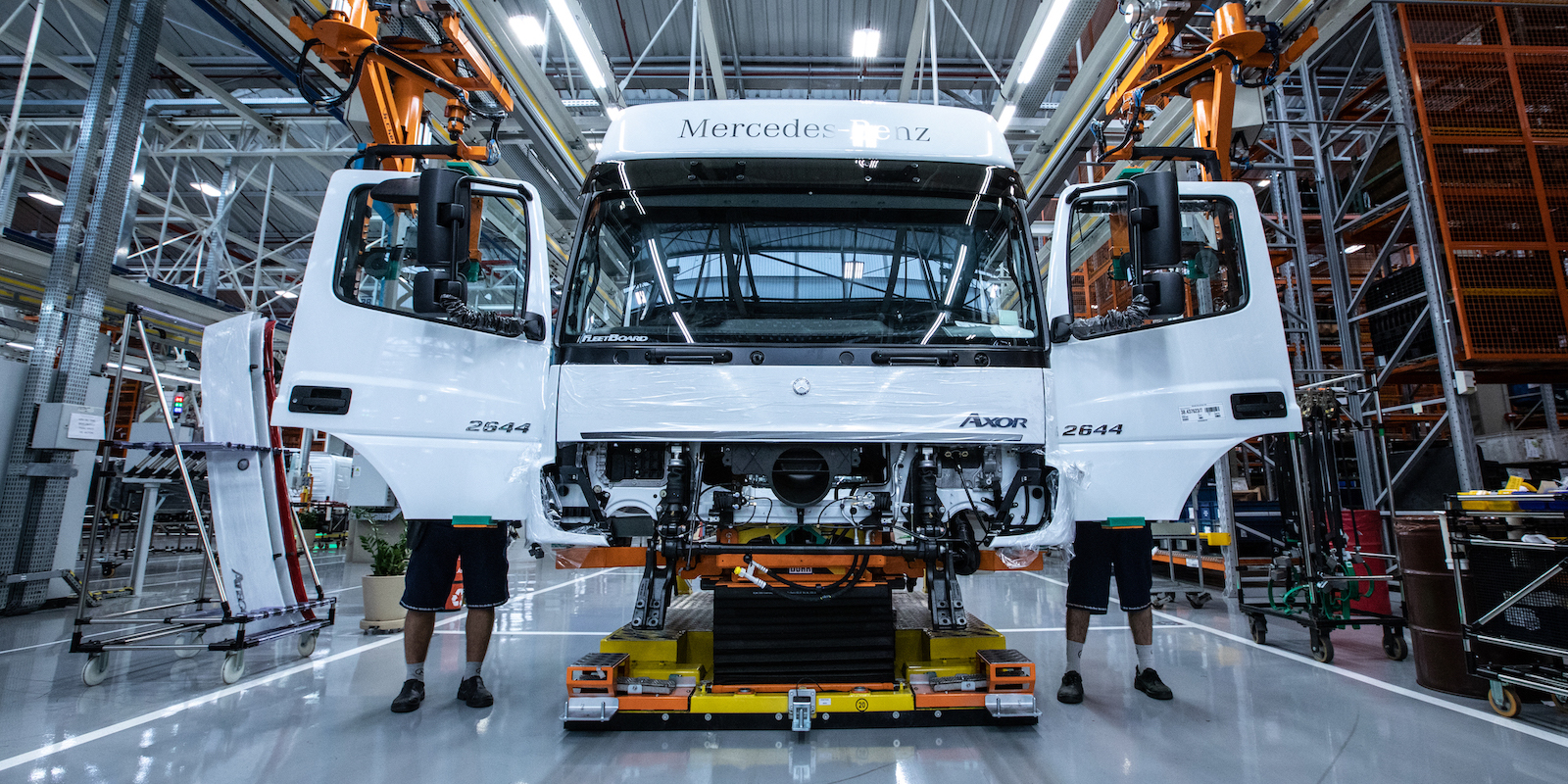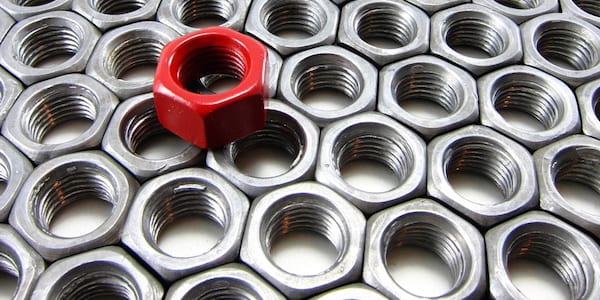
A sense of heritage in an uncertain world
FEATURE – In a market where products become obsolete very fast, this Toyota supplier has learned the importance of staying true to its heritage and developing know-how and people’s capabilities.
Words: Catherine Chabiron, lean coach and member of Institut Lean France
Kato-san is the president of Avex in Japan and is very conscious of the heritage his father and grandfather bequeathed to him: “I would summarize it as know-how (grinding and machining small parts with high accuracy), the art of craftmanship (monozukuri), and the absolute need to develop people (hitozukuri) to ensure the company will last 100 years and more.”
Kato-san had to learn his job from senior workers, as his father died when he was still a student. Yet, the heritage has held strong for 70 years and three generations. You can see traces of it everywhere in Avex. Take craftmanship as an example: Avex prides itself of having an in-house approach to feeding machines, maintenance and building IoT. The daily cleaning of the machines is done with both know-how and care.
Today, I am visiting Avex’s Tado plant, which manufactures auto transmission valves and is a tier-2 supplier of Toyota and of other carmakers.
Life for Avex hasn’t been a bed of roses. “In fact, the work we have now will someday disappear, as the car industry moves towards hybrids and electric vehicles,” says Kato-San. The company knows this and is prepared for it, because it happened before: Avex actually started making with parts for sewing machines, until the market shrank and production moved overseas; then they turned to small parts for 8mm projectors, but those too disappeared when video came; then they manufactured brake parts, but the industry switched to resin.
This is why, instead of focusing too heavily on the products (which keep changing), the company concentrates on the technology and know-how so they can be used in different markets. They are already testing out new opportunities: they have started to produce parts for the Mirai (hydrogen fuels), while also looking at agriculture and co-generation (converting gas into electricity). Kato-san smiles and tells me: “Competition in Japan is fierce. Younger generations are also losing interest for cars. And, by the way, our 40-cent auto transmission valve is installed in cars that range in price from $15,000 to $200,000.”
The resilience of Avex is unbelievable. The 2008 crisis had a big impact on their sales but they recovered quickly and without any lay-offs. No wonder Kato-San keeps an eye on all external threats. “I believe that my role, as President, is to split my time between customers, both to understand their needs and to seek opportunities for diversification, and the gemba. My job is to go and see.”
By the way, external threats are regularly shared with employees: twice a year, all plant members gather to learn about the company’s situation and, every month, the President explains the results and the long-term vision in each plant.

As Kato-san tells me this, I am impressed: to me, looking at threats without blinking and preparing for them, and relying on a strong heritage and common values to steer the company towards a bright future is an art. Avex shows the way and gives meaning to what each Avex employee does every day.
“We constantly strive to produce a good and reliable product and we try hard to be a company that serves society, through job creation and taxes,” Kato-san says. He is thinking of Toyota’s famous equation of Profit = price – cost and confirms to me that his role is to make Avex competitive in Japan. He refuses to offshore production or part of it to a lower-cost country to stay in the market.
Avex employs 400 people today (it was 100 in 2008), with two plants and a Techno Centre (created in 2012 to improve the cutting/grinding process for hard materials with low tolerance – linear solenoids, + or - 2 microns). In addition to longer term threats, the immediate challenge for the company is simple to understand: the automotive business requires 1 to 2% productivity improvement from suppliers every year. Kato-san has therefore summarized it in a simple internal challenge, whereby everything is to be halved: the tolerances on the products to improve accuracy, the costs, and the lead-time. “We have to kaizen all the time. Everyone must have the sense of kaizen, the sense of urgency, of challenge.”
And this confirms, as we start our gemba walk, that the most critical topic for the company is the development of people (after all, machines don’t kaizen and don’t perceive urgency, threats and competition).
“AS THE PEOPLE GROW, SO DOES THE COMPANY”
As a supplier eager to satisfy its clients, Avex listened carefully over the years to the values and concepts Toyota promoted up and down its supply chain. “Respect for people” particularly resonated with the leaders of the three generations of Avex.
The Tado plant is not close to any major urban area (although, arguably, in Japan a major urban area is never too far away) and recruits people who wish to stay in the area, as their elders did before them. As the Japanese workforce decreases, competition gets fiercer among would-be employers, which makes it very important for them to offer an attractive workplace. So, how to find a balance between ambitious work challenges (the sense of urgency Kate-san was talking about) and a rich life with their family? What needs to be done so that employees find joy in their work?
The Kaizen activities we see on the gemba are an answer to both. As Avex employees improve their work environment and reduce defects, they both keep Avex competitive and experience autonomy and pride.
Trolleys are designed by the technicians themselves and adapted to their needs and height. Parts coming out of a machine fall softly on a turning table and this is the result of a kaizen, to prevents parts from falling on top of each other and thus generating scratches.
As we move over, we see many such examples of feeding or downloading equipment that are a clear Jidoka concept, where the machine should have full autonomy and not require a human resource to stay over, watch it, feed it and collect the parts. This is also a result of the “respect for people” ethos the company has, by the way, and the importance of giving human beings value-added work to do, if only to retain them and make them happy to come to work.
Forty collecting machines have been installed to collect the parts form the grinding machines, thus freeing up the technicians and allowing them to perform other tasks, such as maintenance, or designing and building other feeding or collecting machines in the Jidoka promotion section.
At Avex, kaizen is managed through Quality Control Circles (each with 4 or 5 team members). This is demanding because each has to perform his or her work and attend the QC circle, but this is the point – to make the daily work easier. As we now know, kaizen and QC Circles aren’t only meant to solve problems (0 defect) and improve work (0 muda). They also contribute to the development of skills in terms of presentation, communication, collaboration, and leadership. As we stand close to the QC circle board on the floor of the 90 grinding machines, we can see that each QC Circle member actually self-assesses against the above skills to see whether they are making progress. One of the underlying objectives of kaizen activities is to promote teamwork!
Kato-san is clear on this: “I often go to the gemba to see the kaizen, a simple form of recognition for the work done. And if the kaizen is successful, I praise the people responsible for the result.” In addition, formal kaizen presentations are held every year, which top management attends to advise and praise. Avex has designed a one-page sheet to present the kaizen that details the “why”, the current state, the factor analysis, investigation and measures, a check of course, a new or changed standard and reflection on what they learned and what the future steps could be. The first objective of those presentations is motivation, of course, as workers get to discuss with management, and incentives are granted to the teams (never to individuals). But also yokoten (rolling out the results of the kaizen to other departments), as everyone can learn from the experience of others. By the way, kaizen presentations are not limited to workers, but also supervisors and Sales and Administration staff.
The average age at Avex is 30 and the 6% turnover ratio is in part represented by those young people leaving because they don’t see a future. “HR development remains one of the key challenges in our hoshin,” sighs Kato-san. Consequently, in addition to kaizen, the company is developing a career plan for each team member.

GRINDING AND MACHINING WITH TPS
Talking about challenges and difficulties is one thing, but we should remember that Avex knows its TPS inside out. No bad parts are passed on to the customer, with the customer ppm at 1 to 2 defects per 10 million parts delivered! As the internal defect rate can be higher, a final inspection of parts is done systematically. As our gemba walks continues, we see that the collecting of parts is now being done by in-house robots. When we reach the final inspection area, we see robots in use there, too: they can inspect more items than the human eye. True to the craftmanship heritage, Avex sent operators to university to learn how to design and maintain machines, and they are progressively adding an IoT know-how to their skills.
They work with their Toyota Tier-1 customers in a pure Just-in-Time way. “Just-In-Time,” says Kato-san, “is a system to develop human skills and to connect across the supply chain.” The order is received the day before, kanbans are printed and the entire production is pulled (Avex produces 84 million parts a year). Do not ask Avex what happens if they are late to complete one of the two trucks they have scheduled per day. They are never late. Their buffer inventory in finished goods is just one day and this means that, if a machine breaks, they need to have enough skills to repair the machine within 24 hours.
Again, true to the craftmanship heritage, Total Production Maintenance is a well-honed process in Avex, which means they can buy second-hand machines and reuse them, thus achieving an 80 % capex reduction versus a new machine. Every day, operators spend 10 minutes cleaning their machines. By the way, operators in Avex are called technicians and there is no dedicated maintenance team. Technicians do far more than operating machines. Parts are 100% guaranteed: operators therefore need to understand their machine very well. “My machine is my child” is their motto. As it often happens in Japan, Senior Operators educate Junior ones. Two days are dedicated to preventive maintenance every year, with all the technicians involved.
Just imagine the second floor of Tado, which houses 90 grinding machines. The company is gradually moving from one operator per machine to one for up to five machines, with a target to get to one for ten machines. With the idea of “respect for people” and the “no lay-offs” policy, the role of the human is more and more to design, maintain, kaizen machines – rather than to produce parts. Today, 70% of the company’s employees work in production and 30% in non-production functions (from management to logistics and maintenance), whereas in the future this will probably be reversed.
As I raise the question of production flexibility, Kato-san smiles: all machines are on wheels to allow reconfiguration. The Tado plant is dedicated to the high runners and mass production, so one machine is dedicated to one product. But the Nagoya plant is designed for smaller series and does many change-overs during the day.
With external threats like the obsolescence of your products or the need to find new market opportunities and new customers, those who can offer the best know-how and the flexibility to start small series of parts on demand will survive. Avex seems well prepared for both.
THE AUTHOR

Read more


WOMACK'S YOKOTEN - Every practitioner has encountered employee resistance to lean at some point. Here's a few tips on how to win over naysayers and perhaps even turn them into some of your biggest supporters.


CASE STUDY – This article briefly outlines the different stages of the lean transformation at Mercedes Benz Brazil, as the company looked for the best approach to engage everyone in continuous improvement.


ARTICLE – Standardization is often ignored and misunderstood, but is as critical to a lean transformation as continuous improvement. This piece by our Polish team explains why standard work is not to be neglected.


FEATURE – A group of Italian researchers and professionals partnered with a NGO to prove how lean thinking can pave the way for the competitiveness and sustainable development of SMEs in Myanmar. Is this a new model for the developing world?

